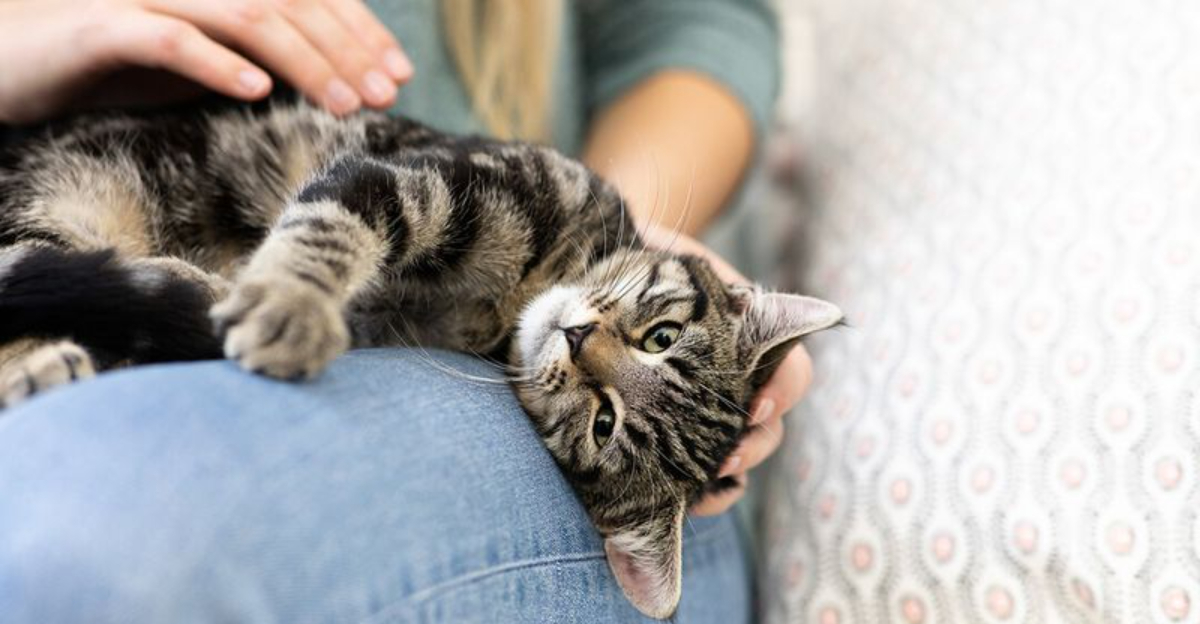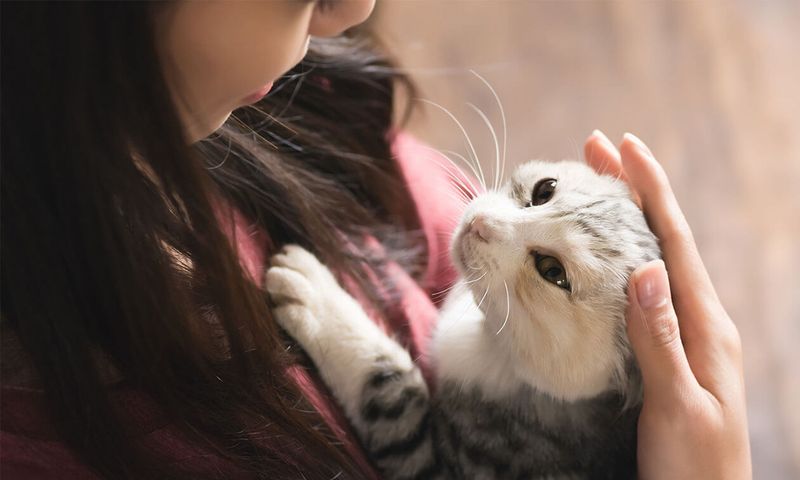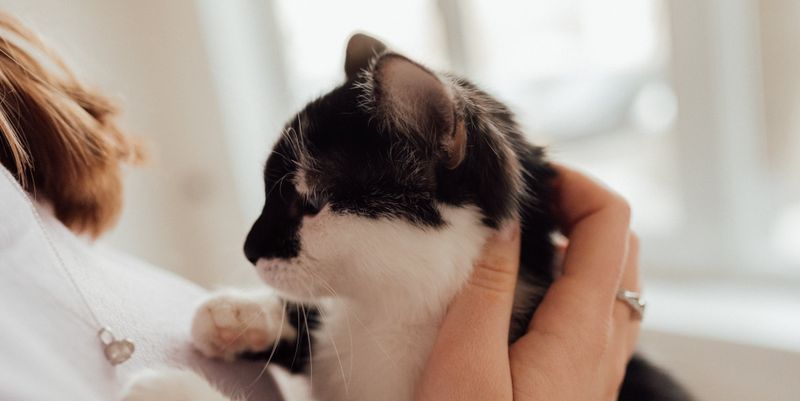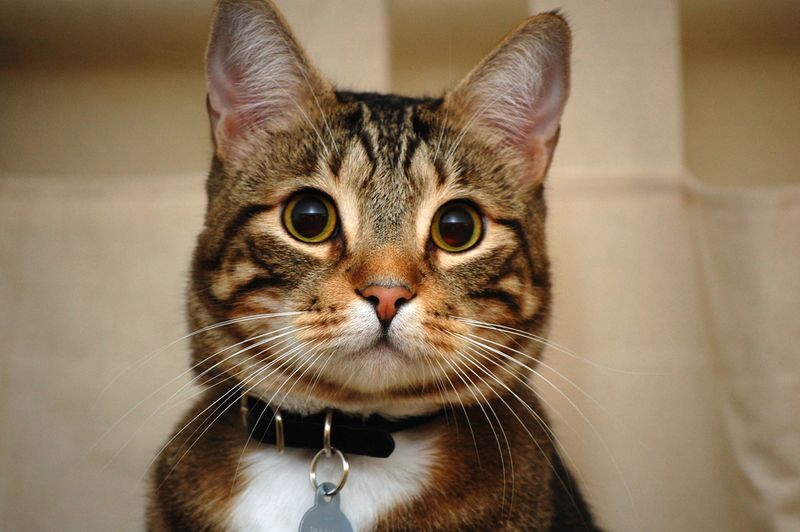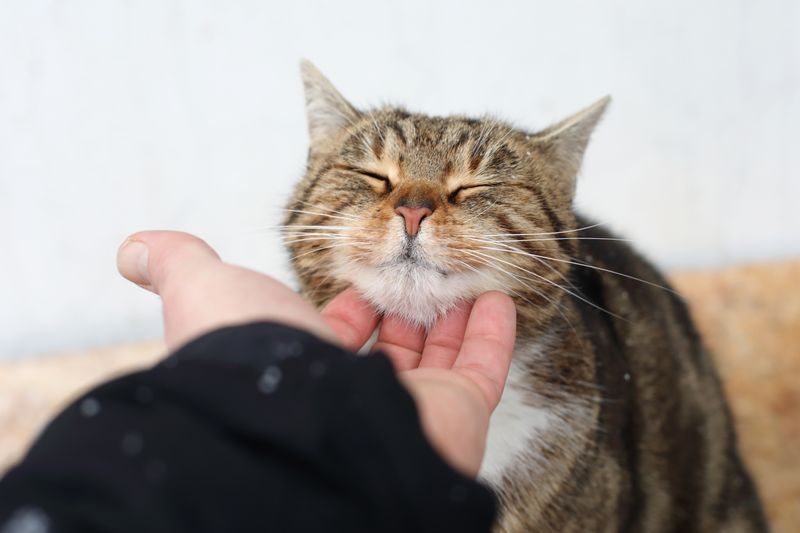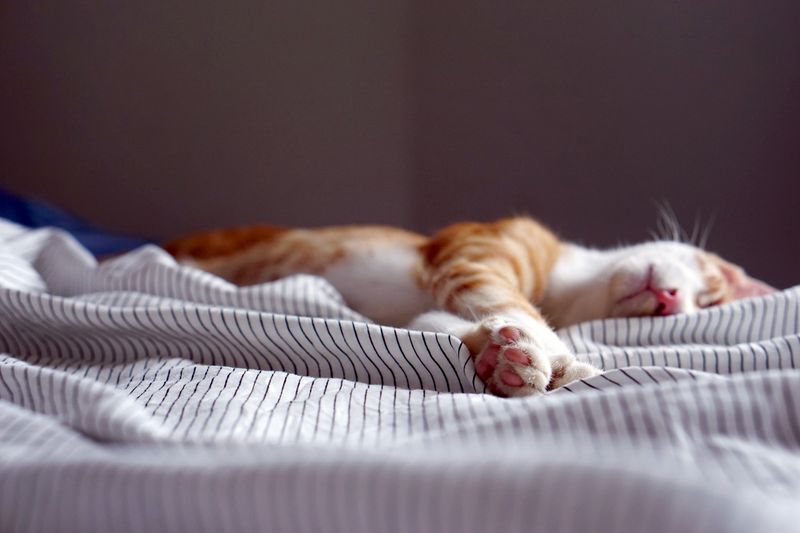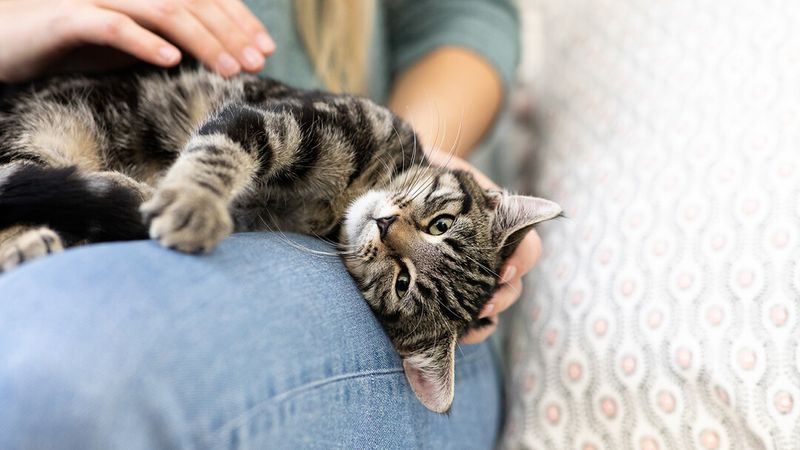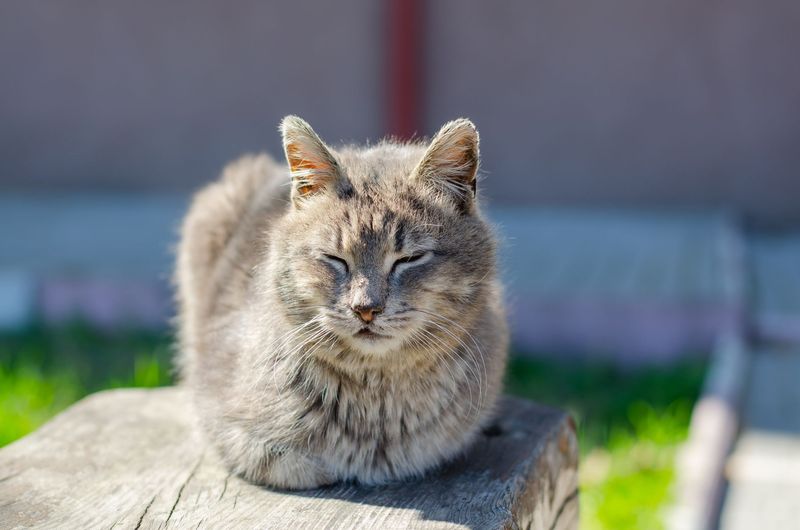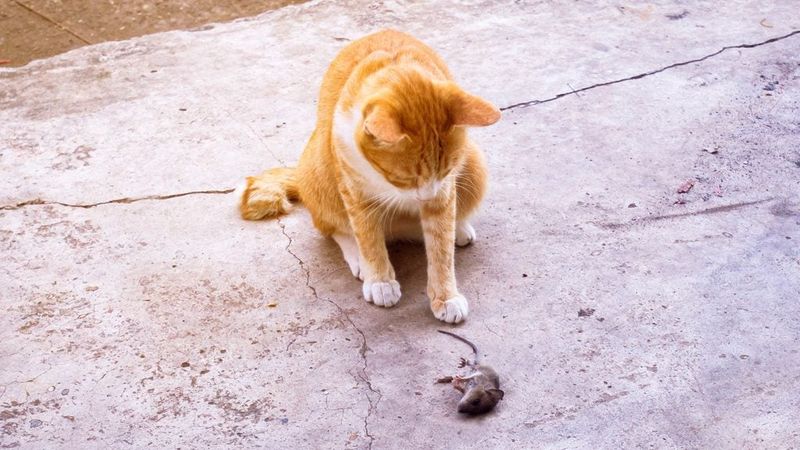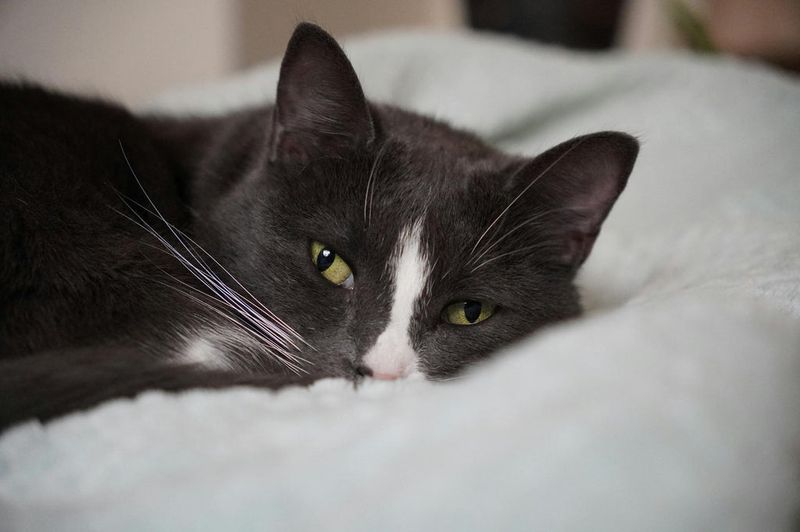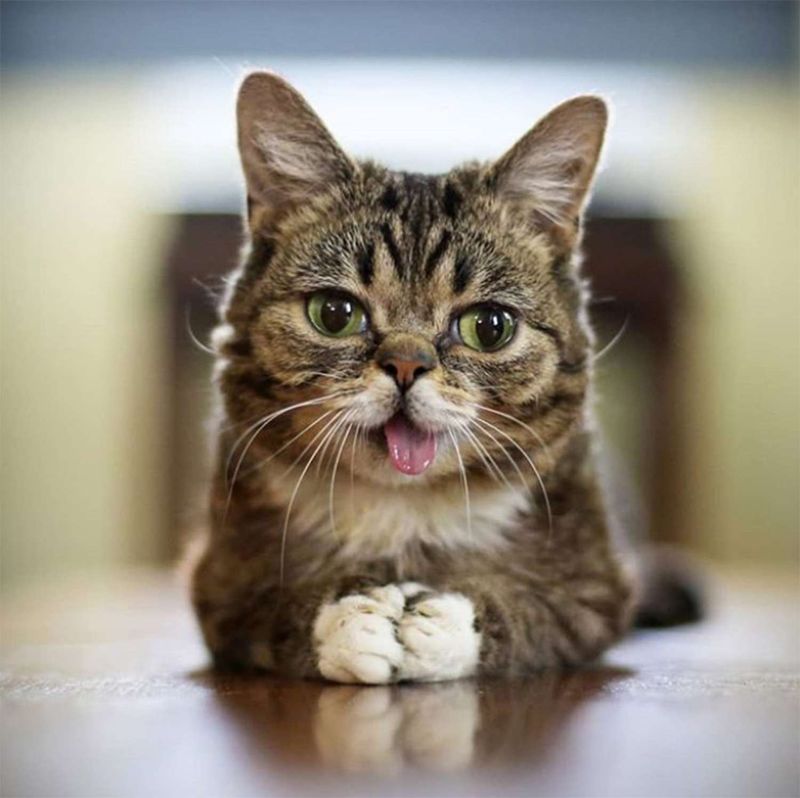📖 Table of Content:
Cats have an uncanny ability to sense when their time is drawing near. During their final days, these furry companions often show remarkable changes in behavior that seem designed to comfort their human families. While it’s heartbreaking to say goodbye to a beloved pet, understanding these special gestures can bring comfort during a difficult time. These touching behaviors reveal just how deep the bond between cats and their humans truly runs.
1. Seeking Extra Closeness
Many cats become unusually clingy in their final days. A typically independent feline might suddenly want to be in your lap at all times or follow you from room to room like a shadow.
This increased desire for closeness isn’t coincidental. Your cat is drawing comfort from your familiar scent and warmth while also trying to provide you with the same. They understand the value of togetherness during difficult transitions.
Some cat owners report their pets refusing to leave their side for even a moment during the final 24-48 hours, as if making sure every precious second counts.
2. Unusual Displays of Affection
As cats near the end of their lives, they often express affection in surprising new ways. Even the most aloof feline may start seeking out gentle pets or curling up beside you.
Head-butting intensifies as they mark you with their scent glands one final time. This behavior serves as both a comfort to them and a way of claiming you as their beloved human until the very end.
Even cats who never liked being held might seek out your arms, purring contentedly as they soak up your love and warmth during these meaningful moments.
3. Deep, Meaningful Eye Contact
The slow blink is a cat’s way of saying “I love you,” and many owners notice their cats giving these love blinks more frequently as they approach their final days. Your cat may seek out opportunities to make extended eye contact, holding your gaze with unusual intensity.
This meaningful connection allows them to communicate their feelings without words. Their eyes often appear especially clear and focused during these moments, despite physical weakness elsewhere.
Scientists believe this deliberate eye contact releases oxytocin—the bonding hormone—in both cats and humans, creating a final chemical connection between you.
4. Purring Through Pain
Contrary to popular belief, purring doesn’t always signal contentment. Cats often purr when in pain or distress as a self-soothing mechanism. The vibration frequency of purring actually promotes healing and pain relief.
During their final days, many cats will purr loudly despite obvious discomfort. This isn’t just self-comfort—it’s also meant to soothe you. The familiar sound reassures you that they’re still present and fighting.
Research suggests that a cat’s purr can lower human blood pressure and stress levels, offering a parting gift of calm during an emotional storm.
5. Choosing Special Places
Cats nearing the end often select meaningful locations for rest. Your feline friend might suddenly start sleeping on your pillow, in your laundry basket surrounded by your scent, or in sunny spots they previously ignored.
Some cats return to locations associated with happy memories or places where they feel most connected to their humans. This selection isn’t random—it’s a deliberate choice of comfort and meaning.
Hospice veterinarians note that these chosen spots often combine the cat’s need for security with their desire to remain connected to their beloved humans during transition.
6. Giving Reassuring Paw Touches
A gentle paw on your hand or face becomes more common as cats near the end. These deliberate touches serve as reassurance—both for them and for you—that the connection remains strong despite physical changes.
The paw touch is particularly significant because cats are typically protective of their paws. Offering this vulnerable part of their body represents profound trust and affection.
Cat behavior experts interpret these touches as intentional communication, a way of saying “I’m still here” even as their energy fades. The soft pressure of paw pads creates a tangible bridge between your worlds.
7. Listening More Attentively
Toward the end, many cats seem to become quiet companions, listening intently to your voice with a calm focus they may not have shown before.
Many cat owners report feeling truly heard during conversations with their dying companions. The cat’s unwavering attention provides a safe space for expressing grief, fear, or gratitude—almost like a furry therapist offering unconditional acceptance.
This attentiveness isn’t coincidental. Studies show that cats recognize their owners’ voices among strangers and process emotional tones, suggesting these final listening sessions are deliberate acts of connection.
8. Leaving Small “Gifts”
Even as their energy wanes, some cats muster strength to bring small offerings to their humans. A favorite toy might appear mysteriously on your pillow, or your cat may drag their beloved catnip mouse to your feet.
These aren’t random acts but deliberate gifts—a continuation of the hunting instinct that drives cats to provide for those they consider family. The effort required for these gestures makes them particularly poignant.
Feline behaviorists interpret this as your cat’s way of ensuring you’ll be provided for after they’re gone—a touching misconception that reveals how deeply they care about your wellbeing.
9. Peaceful Acceptance
A striking change occurs when many cats accept their approaching transition. The anxiety or restlessness that might have marked earlier stages of illness often gives way to a profound calmness.
This peaceful acceptance manifests as relaxed body language despite physical discomfort. Your cat may settle into a favorite spot with a serene expression that communicates contentment rather than fear.
Veterinary hospice workers observe that this acceptance often transfers to human caregivers, helping them process their own grief. Your cat’s final gift may be showing you how to face the inevitable with dignity and grace.
10. One Final Burst of Energy
Many cat owners describe a surprising phenomenon in their pet’s final hours or days—a mysterious surge of vitality often called a “rally.” Your previously lethargic companion might suddenly eat heartily, play with a toy, or even jump onto furniture they haven’t managed in months.
This temporary revival isn’t cruel false hope but rather a beautiful final effort to connect. Your cat is gathering remaining strength to create one more positive memory together.
Animal hospice professionals recognize this pattern across species. This final energy burst serves as a meaningful goodbye—your cat’s way of showing their essence remains even as their body fails.
